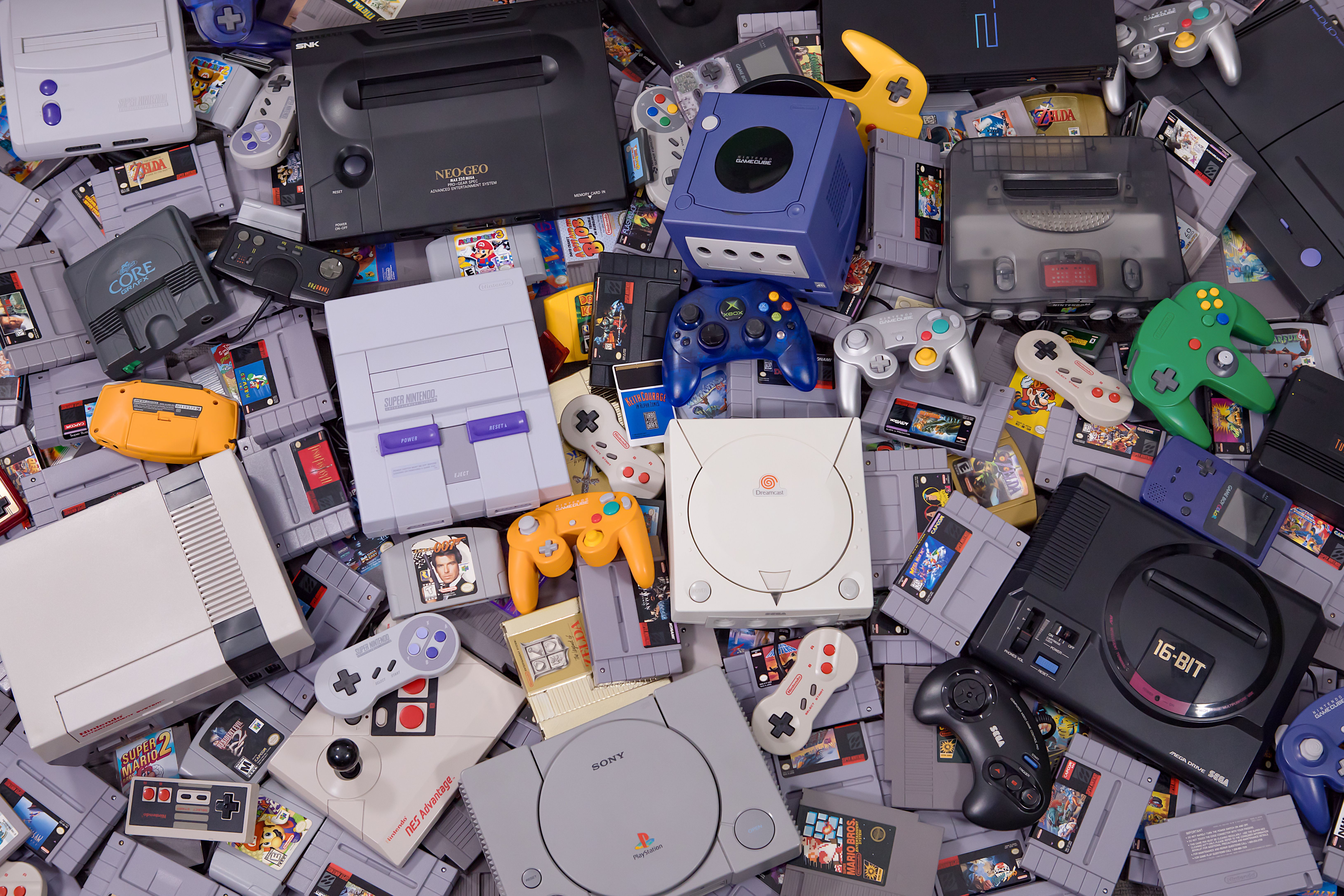If you’ve recently upgraded to a new PC, the thought of throwing away your old one might weigh heavily on you. Surely there’s a better fate for it, right? As it turns out, there are actually lots of things to do with your old PC.
1 Turn it Into an AI Image Generator
Yes, there are already plenty of AI image generators online. Why would you need to dedicate an old PC to this? Well, those image generators often have limited functionality in their online forms. For instance, you may have limited uses per day or not have access to their full capacity.
Most AI image generators can be run locally on your computer, using codes and models selected by you. This is beneficial if you have misgivings about what data the online version of the model might be using to train itself, as they often use artwork without permission.
If you do want to use your old PC for this, the graphics card is the most important part. AI image generation uses a lot of VRAM, and many models work better with NVIDIA GPUs.
This is not to say you can’t do this with an older GPU, or a non-NVIDIA one. As long as you have at least 4GB of VRAM to use, you can definitely run an AI image generator locally, though it might not be particularly fast.
2 Create Your Own Cloud Server
Don’t get me wrong, there’s nothing wrong with OneDrive or Google Drive. They’re reliable cloud servers that you don’t even have to pay for in some cases. Even so, there’s something reassuring to having your precious data in your own hands, don’t you think?
Instead of throwing your old PC away, you can use it to create your own cloud server through services like Nextcloud. One reason this form of reuse is so great is the fact that your old PC doesn’t have to be very good at all. Even an outdated brick could manage this.
Moreover, the only potentially expensive part of this idea is the storage drives themselves, and even that can be pretty cheap if you don’t have that much data to store.
Setting all of this up can be a little complicated, but you’ll learn a lot of valuable knowledge along the way, and if you’re interested in one day running a NAS or your own home server, this project will help you understand what it takes to get there.
3 Make an Emulation Machine
If you’re a gamer with fond memories of old titles from your childhood, you’ve probably reminisced about the good old days and wished you could play those games again.
Luckily for all such gamers, emulation can make those dreams come true. Unless you just really want to play on the original hardware, you don’t need to buy a Nintendo 64, a GameCube, an original Xbox, etc. You can turn your old PC into an emulation machine and be all of those and more.
After all, unless your old PC is well and truly ancient (and even then, it might be fine), chances are it has the capability to run any game from any console prior to the Xbox One and PlayStation 3 without problems. If your old PC is a little newer, it can probably run those fine too.
Because really, even a potato of a PC could run a GameBoy or SNES title. Plus, if you still want to get that old-school nostalgia, using your old PC for this means you can buy classic controllers (or controllers modeled after them) from the original hardware and connect them to your new retro gaming platform, though you might need adapters to make the originals work.
Emulation is a somewhat complicated process, but if you really want to get into it as quickly as possible with little effort, options like EmuDeck and EmulationStation take most of the hassle out of setting everything up.
4 Start a Homelab
Admittedly, most people aren’t the type to need a Homelab, where you can experiment with virtual machines, OSes, containers, and much more. If you are the type of person who always wanted to experiment on their computer but was scared of causing some irreparable damage, this option might appeal to you.
If your old PC was just going to get thrown away otherwise, then there’s no reason to avoid messing around with it for fun, learning, or a personal project. If something happens to render it inoperable, you’ve still got your new PC to use in the meantime.
Turning your old PC into a Homelab device isn’t terribly difficult either. An OS like Proxmox allows you to run virtual machines on the PC hardware, eliminating the complexity of GUI-based virtualization. You can also install and run lightweight Linux Containers even if you don’t have a full OS.
Of course, if you really want to get into the more complex side of the Homelab experience, your old PC can be used for that as well. There are always options like TrueNAS if you want more control over things.
5 Turn it Into a Windows Server
There are plenty of things you can do with a server. Converting a PC to a new OS so it can become a home server is a hassle, but you don’t actually have to do that at all: the already installed Windows OS can serve just fine with a bit of tweaking.
In fact, even the consumer versions of a modern Windows OS can do the job with a small amount of effort. The fact that the OS is something you are already familiar with will be a great bonus, making for an easier transition than trying to learn Linux or something if you didn’t already know it.
With your own Windows server, you’ll have an easy time carrying out all sorts of tasks, from sharing storage folders to installing a Plex Media Server and much more. Of course, you could ultimately use any OS you want to turn your old PC into a home server if you want to.
Realistically, this is only a glimpse of the possibilities for your old PC. There are plenty of other things you could do with it: install new OSes to experiment with, make a NAS, run Kubernetes, make a smart home hub—the options really are immense.
No matter what you choose to do with your old PC, it’ll have a lot more value in that role than it will in a dump, or even in the hands of someone else: unless they’re willing to buy it from you for a lot of money!





